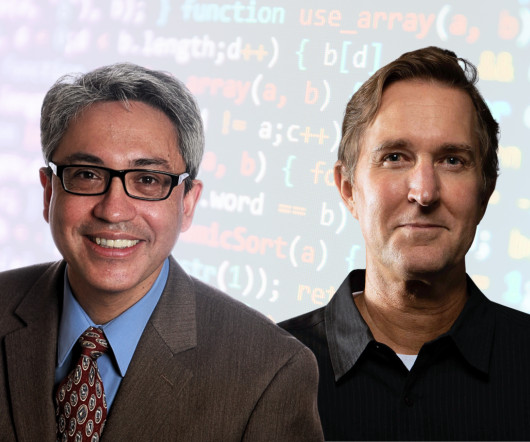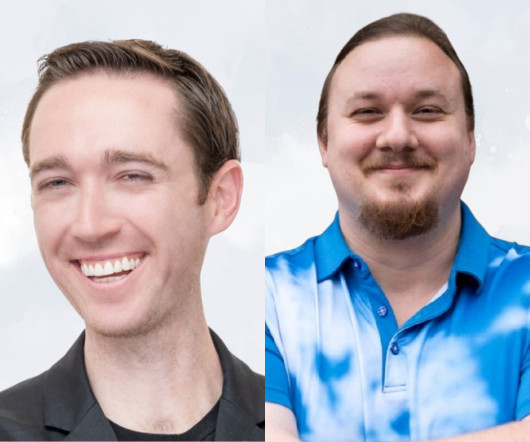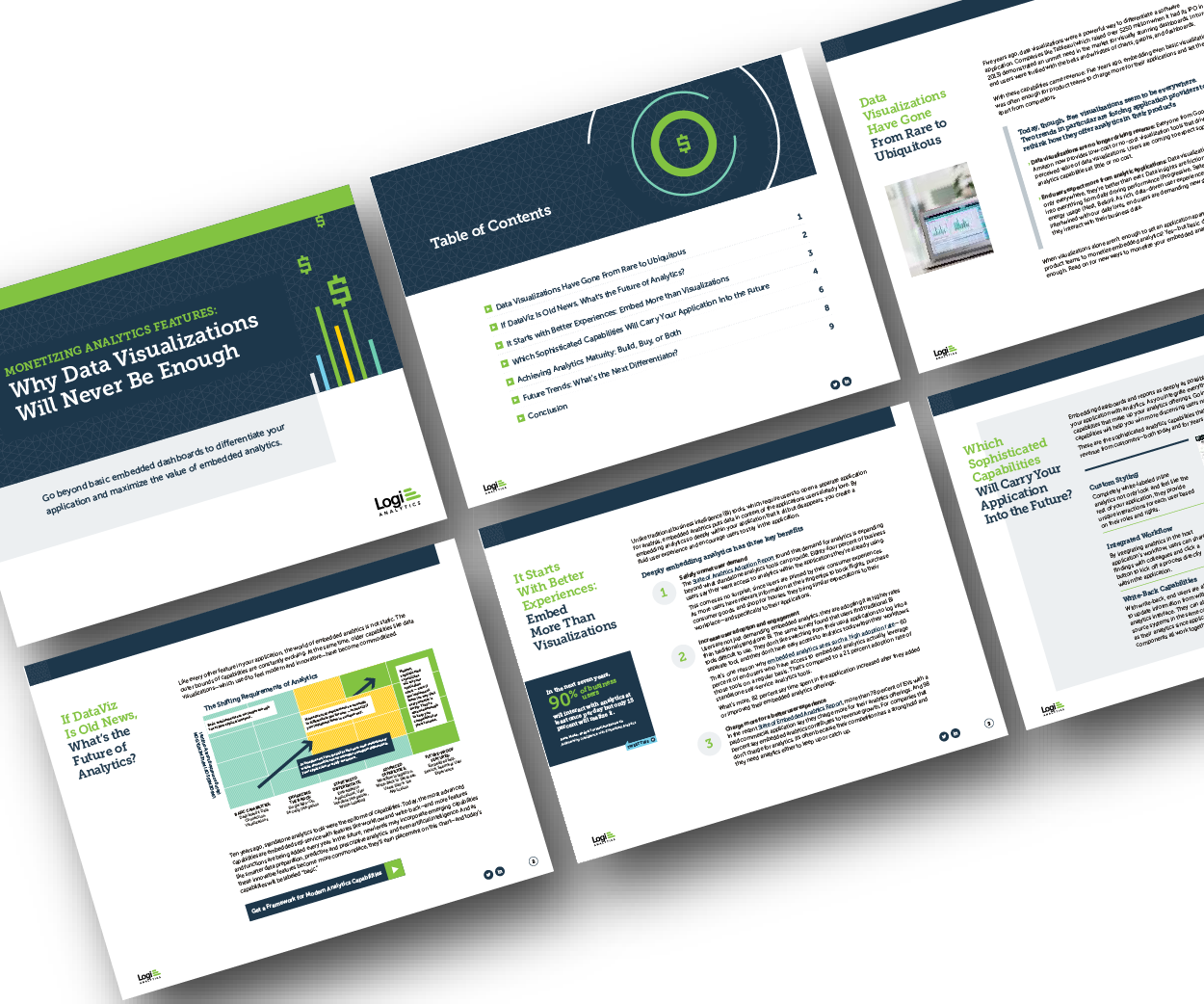10 Essential Linux File System Commands for Data Management
KDnuggets
MAY 14, 2025
In this article, you'll master 10 essential Linux file system commands. This guide provides helpful examples to make working with files easier.

KDnuggets
MAY 14, 2025
In this article, you'll master 10 essential Linux file system commands. This guide provides helpful examples to make working with files easier.

databricks
JUNE 11, 2025
Events Data + AI Summit Data + AI World Tour Data Intelligence Days Event Calendar Blog and Podcasts Databricks Blog Explore news, product announcements, and more Databricks Mosaic Research Blog Discover the latest in our Gen AI research Data Brew Podcast Let’s talk data! REGISTER Ready to get started?
This site is protected by reCAPTCHA and the Google Privacy Policy and Terms of Service apply.

Christophe Blefari
JANUARY 11, 2025
The Data News are here to stay, the format might vary during the year, but here we are for another year. We published videos about the Forward Data Conference, you can watch Hannes, DuckDB co-creator, keynote about Changing Large Tables. HNY 2025 ( credits ) Happy new year ✨ I wish you the best for 2025. Not really digest.

Engineering at Meta
JANUARY 22, 2025
Data lineage is an instrumental part of Metas Privacy Aware Infrastructure (PAI) initiative, a suite of technologies that efficiently protect user privacy. It is a critical and powerful tool for scalable discovery of relevant data and data flows, which supports privacy controls across Metas systems.

Advertisement
In Airflow, DAGs (your data pipelines) support nearly every use case. As these workflows grow in complexity and scale, efficiently identifying and resolving issues becomes a critical skill for every data engineer. This is a comprehensive guide with best practices and examples to debugging Airflow DAGs.

Data Engineering Weekly
DECEMBER 28, 2024
In this post, we delve into predictions for 2025, focusing on the transformative role of AI agents, workforce dynamics, and data platforms. Investment in an Agent Management System (AMS) is crucial, as it offers a framework for scaling, monitoring, and refining AI agents.

Precisely
JANUARY 9, 2025
Does the LLM capture all the relevant data and context required for it to deliver useful insights? Not to mention the crazy stories about Gen AI making up answers without the data to back it up!) Are we allowed to use all the data, or are there copyright or privacy concerns? But simply moving the data wasnt enough.

Speaker: Anindo Banerjea, CTO at Civio & Tony Karrer, CTO at Aggregage
This can be especially difficult when working with a large data corpus, and as the complexity of the task increases. The number of use cases/corner cases that the system is expected to handle essentially explodes. When developing a Gen AI application, one of the most significant challenges is improving accuracy.

Speaker: Dr. Greg Loughnane and Chris Alexiuk
However, during development – and even more so once deployed to production – best practices for operating and improving generative AI applications are less understood.

Speaker: Alex Salazar, CEO & Co-Founder @ Arcade | Nate Barbettini, Founding Engineer @ Arcade | Tony Karrer, Founder & CTO @ Aggregage
There’s a lot of noise surrounding the ability of AI agents to connect to your tools, systems and data. But building an AI application into a reliable, secure workflow agent isn’t as simple as plugging in an API.

Advertisement
Think your customers will pay more for data visualizations in your application? Five years ago they may have. But today, dashboards and visualizations have become table stakes. Discover which features will differentiate your application and maximize the ROI of your embedded analytics. Brought to you by Logi Analytics.

Advertisement
Adding high-quality entity resolution capabilities to enterprise applications, services, data fabrics or data pipelines can be daunting and expensive. This will help you decide whether to build an in-house entity resolution system or utilize an existing solution like the Senzing® API for entity resolution.
Let's personalize your content